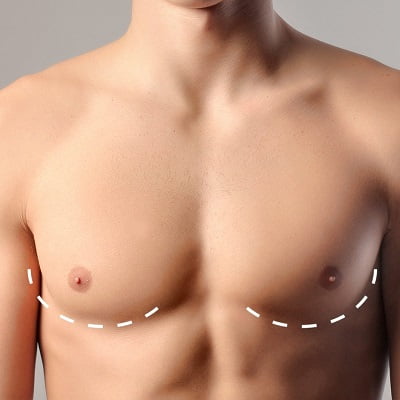
Gynecomastia, also known as “man boobs,” happens if one sprouts breasts without the proper hormonal balance in order to generate functional hormones that produce milk and the fat associated with enlarged chest gland tissue.
Testosterone inhibits breast tissue growth, whereas estrogen enhances it. A hormonal imbalance may cause gynecomastia. Obesity can increase chest nor body fat. Gynecomastia affects 32-65% of men, as per one research. Nonsurgical therapies for the condition include lifestyle modifications, medications, and hormone therapy.
Keep going to learn more about the causes and treatments for gynecomastia.
Why is gynecomastia problematic?
This condition causes male breasts to swell and hurt more over time. Gynecomastia is often called “men’s boobs” or “male breasts.” This condition primarily affects breast gland tissues.
Due to hormone imbalance, male adolescents and the elderly are most likely to have this condition. Gynecomastia can happen in either breast. It can be detected without medical testing and is usually self-diagnosed.
Why do you have gynecomastia?
Gynecomastia can arise for many reasons. Some of the factors mentioned include lifestyle decisions like drinking too much or not exercising enough, underlying disorders, pharmacological effects, and ageing.
In hormone growth and growth factor analogue insulin 1, testosterone inhibits breast tissue development, while estrogen and progesterone stimulate it.
Men with penises who don’t usually get gynecomastia may acquire hormone imbalances under certain conditions.
Gynecomastia drugs
- Gynecomastia is usually treated by addressing the underlying issue.
- Off-label medications are one nonsurgical treatment doctors can give patients. Your doctor may prescribe raloxifene or a drug called medicines that are not approved for gynecomastia.
- You are changing medication. If your doctor suspects a drug is causing your gynecomastia, they may replace or lower your dose.
- Testosterone replacement treatment (TRT) injections, skin gels, or patches can raise testosterone levels.
- Treating underlying health concerns. Treating hyperthyroidism or malnutrition may reduce gynecomastia symptoms.
Workout tips for gynecomastia
- It is a widespread misperception that working out in one area of the body would reduce fat more than in others.
- Pushups will not reduce chest fat more than squats, which burn the same amount of calories.
- Doing more aerobic exercise may help you lose body fat. Your activity’s length, extent, and duration matter more than its type.
- Some suggested activities include fast walking, skating, dancing, running, swimming, skating, and skipping rowing.
- Without equipment, pushups are a tremendous chest-building exercise. To make them more challenging, increase the instances, sets, or weights.
Who may have gynecomastia?
Additionally, gynecomastia can occur at any time:
A birth. Over half of male neonates have breast buds or enlarged breasts. Mothers’ estrogen levels cause this sickness. Swollen breasts usually go away after a few weeks.
Over 50% of male adolescents develop breasts throughout puberty. Breast tissue grows due to hormone changes like testosterone declines and estrogen increases. The disease will fade after hormone levels normalize, which can take six to two years.
Over 50 men have larger breasts. Men’s testosterone production declines with age. They may also have more body fat, which boosts estrogen production and breast tissue growth.
Does the appearance of gynecomastia Have a Nonsurgical Treatment?
Patients with gynecomastia often want nonsurgical ways to reduce their appearance. They try to diminish their gynecomastia by reversing insulin resistance, changing their diet, and exercising.
However, they need to work. If you have gynecomastia, you can spend years trying to change your diet or exercise regularly without success. Gynecomastia is not caused by poor nutrition or eating habits.
Many physiological and biological factors cause gynecomastia. To cure this illness, those reasons must be addressed, and this can only be done with gynecomastia surgery.
Can Gynecomastia be Reduced?
The following factors might cause gynecomastia:
- Inflammatory hormones
- Anabolic steroids
- The opiates
- Sex hormone
- A drug that reduces anxiety
- Medical care for hyperthyroidism
- Chronic renal failure therapy
- Too much weight
The benefits of gynecomastia surgery
Men who are uncomfortable with their surplus breast tissue might consider gynecomastia surgery. They have tried many noninvasive procedures without success. Before receiving an operation for gynecomastia, you must be well physically and emotionally.
Gynecomastia can affect one breast, but it commonly affects both to varying degrees. A strong central pile of tissue under the nipples makes gynecomastia easy to detect. These tissue lumps often feel firm and resemble discs.
Gynecomastia surgery: what happens?
Several clinically acceptable surgical methods can remove excess breast tissue. The most common methods are liposuction and surgical excision. Liposuction begins with tiny incisions in the lower chest to remove excess fat. The surgeon will create a semicircular incision around the areola before removing the glands.
After surgery to remove excess breast tissue, dissolvable stitches heal the incisions. In some cases, areola reduction may allow size or shape changes. This procedure is usually performed on men who have lost a lot of weight and have loose chest skin.
Treatment Options and Costs:
Gynecomastia Treatment costs in Islamabad ranges between 145,000 PKR to 350,000 PKR. However, the cost may vary depending upon surgery length and patient location. Medical experts may prescribe hormone replacement therapy to correct hormonal abnormalities.
Booking a Talk:
Gynecomastia specialists can be found online, through recommendations, or in medical directories.
Contact the preferred Royal Cosmetic Surgery providers to schedule a consultation. Before the session, prepare to discuss your medical history, questions, and treatment goals.
Use the consultation to ask about treatment alternatives, expected outcomes, risks, and expenses.


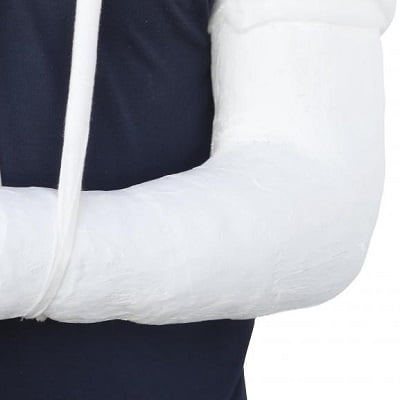
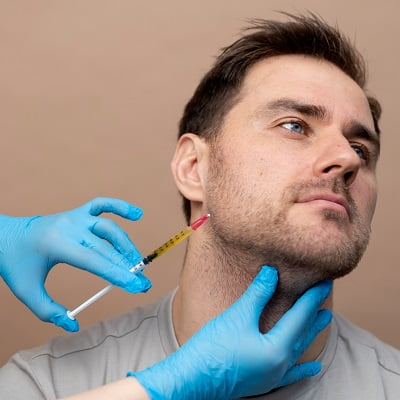

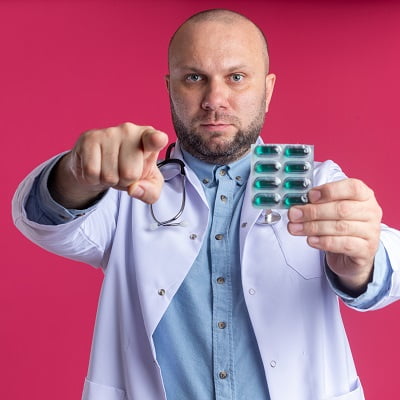

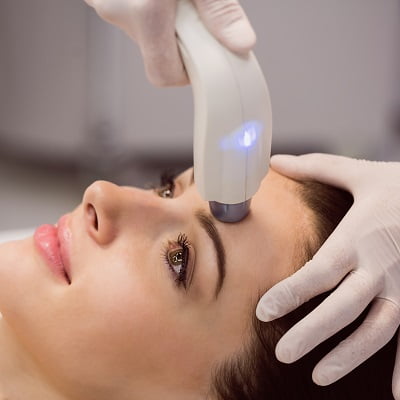
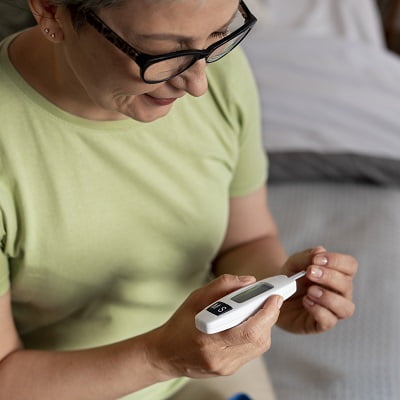
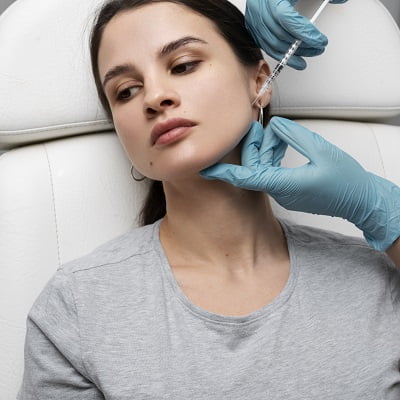
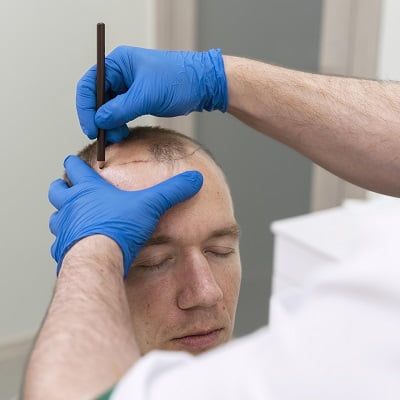
Book Appointment